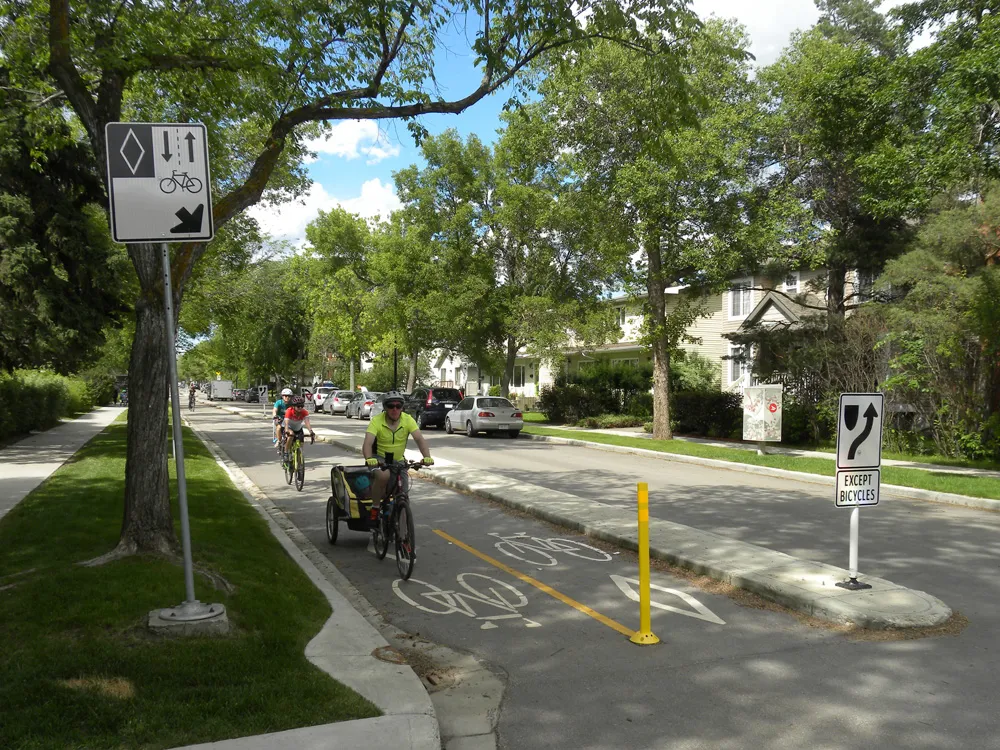A new source of traffic information will shortly be available to drivers on the central expressway in Collin and Dallas counties, Texas, with the implementation of the 511 system which will provide travel information by telephone and on the web. The system is due to be tested from the end of April and will be formally launched in the summer. The project involves several cities and transportation agencies that are combining their information for the first time. "The idea of pulling it all together at one l
April 11, 2013
Read time: 2 mins
A new source of traffic information will shortly be available to drivers on the central expressway in Collin and Dallas counties, Texas, with the implementation of the 511 system which will provide travel information by telephone and on the web. The system is due to be tested from the end of April and will be formally launched in the summer.
The project involves several cities and transportation agencies that are combining their information for the first time. "The idea of pulling it all together at one location is new," said Mark Ball,1275 Dallas Area Rapid Transit spokesman. "Our goal, of course, is to make this such an important point for the public to take advantage of that we'd see it grow and become a bigger regional program."
Initially, the information will focus on the central expressway corridor and provide drivers with accurate, real-time information to help them choose alternate routes, which may include the feeder road, surface streets, toll roads or DART rail.
"Compared to a number of other roads, you can't find these unique things like you can on this piece of Central Expressway," Ball said.
A study suggests saving fuel, time and pollution expense in North Texas could be 20 times more than the US$8 million being invested to start the 511 program.
"Pollution is a problem for this area," Ball said. "If we don't do something about cleaning it up, we lose federal funds, so here is the perfect opportunity where groups are working together to solve that problem."
The project involves several cities and transportation agencies that are combining their information for the first time. "The idea of pulling it all together at one location is new," said Mark Ball,
Initially, the information will focus on the central expressway corridor and provide drivers with accurate, real-time information to help them choose alternate routes, which may include the feeder road, surface streets, toll roads or DART rail.
"Compared to a number of other roads, you can't find these unique things like you can on this piece of Central Expressway," Ball said.
A study suggests saving fuel, time and pollution expense in North Texas could be 20 times more than the US$8 million being invested to start the 511 program.
"Pollution is a problem for this area," Ball said. "If we don't do something about cleaning it up, we lose federal funds, so here is the perfect opportunity where groups are working together to solve that problem."










